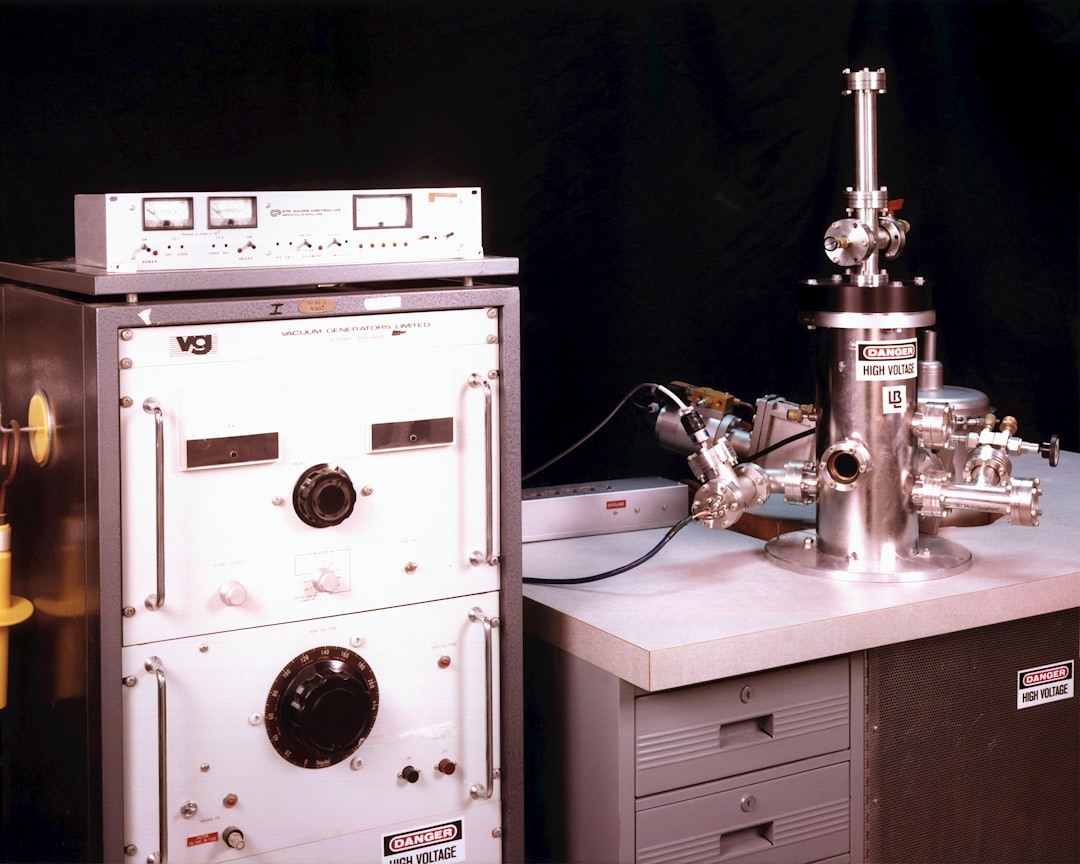What is it about?
We use first-principles density functional theory based calculations to determine the stability and properties of silicene, a graphene-like structure made from silicon, and explore the possibilities of modifying its structure and properties through incorporation of transition metal ions (M: Ti, Nb, Ta, Cr, Mo and W) in its lattice, forming MSi2. While pure silicene is stable in a distorted honeycomb lattice structure obtained by opposite out-of-plane displacements of the two Si sub-lattices.
Featured Image
Why is it important?
We show that silicene in its pure form exhibits a distortion of the honeycomb lattice, yet an interesting electronic structure with a linear dispersion similar to that of massless Dirac fermions in graphene, but with a smaller energy scale. Secondly, Ti and Ta silicenes exhibit planar honeycomb lattices supported by the triangular lattice of metal atoms. NbSi 2 with its highly asymmetric structure has the largest mechanical stiffness.
Read the Original
This page is a summary of: Silicene and transition metal based materials: prediction of a two-dimensional piezomagnet, Journal of Physics Condensed Matter, August 2010, Institute of Physics Publishing,
DOI: 10.1088/0953-8984/22/37/375502.
You can read the full text:
Resources
Contributors
The following have contributed to this page










